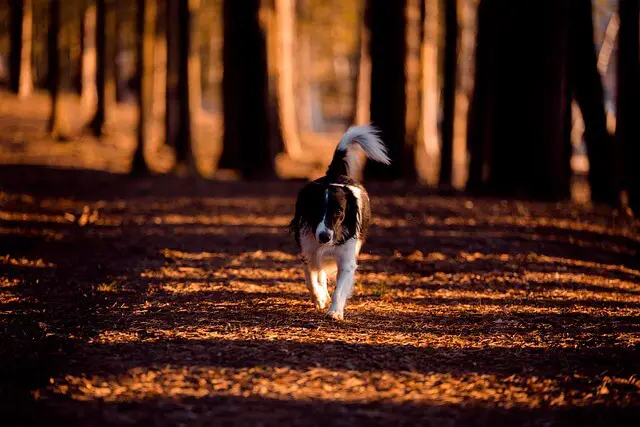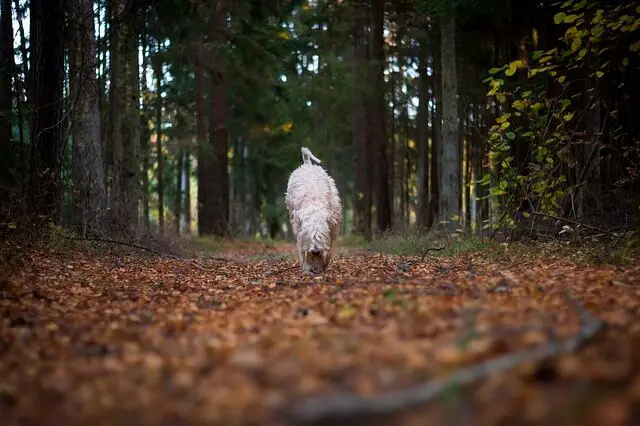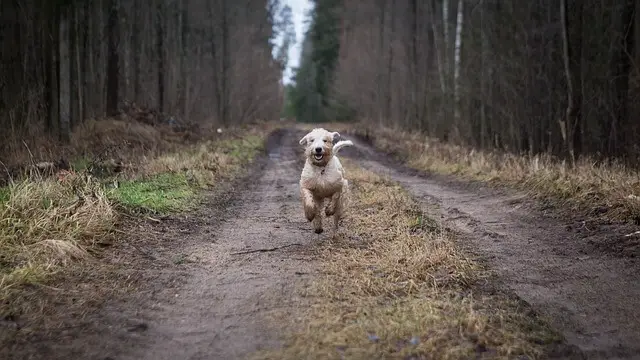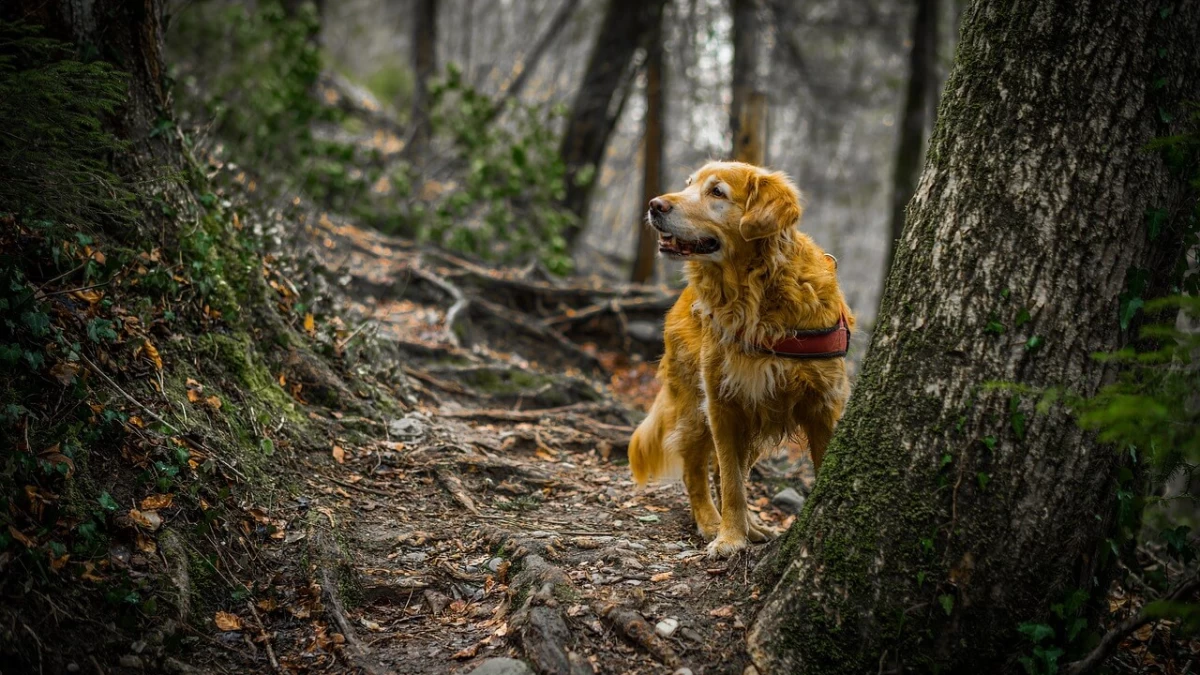6 Things to Look Out For in The Woods With Your Dog
29.07.2021.
There is nothing we love more than taking our dogs on a relaxing walk in the woods. Since the summer is upon us, many dog owners decide to do the same and look for some fun activities with their dogs. However, before you do the same, there are a few things you should look out for and prepare for. Check out these hidden dangers that might hurt your dog in the woods.
1. Ticks
The first obvious answer most dog owners are aware of ticks. Ticks live in the woods, and the height of the tick season is during those hot summer days. They will strategically place themselves on leaves and grass, waiting for potential hosts they can attach themselves to. Ticks are tiny, nasty parasites that carry different diseases that can severely hurt your dog. Some of those diseases are anaplasmosis, Lyme disease, and Rocky Mountain Spotted Fever. Before you decide to take your dog on a stroll through the woods, you should make sure both of you are protected. Flea and tick collars or sprays are a great way to make sure ticks stay away from your dog.
If you don’t know where ticks like to bite your dog, check out this article - Places to look for tick bites on your dog.
2. Foxtail
One of the things dog owners often overlook is the foxtail. It is not a toxic plant, so it is easy to think there is no immediate danger to your dog. However, this nasty seasonal weed can hurt your dog - badly. This plant has barbed seed heads that can get lodged in your dog’s eyes, nose, skin, pads, or even genitals. Due to its unique shape, it is tough to get it out of your dog. In fact, if your dog licks the area where a foxtail got lodged, the foxtail will only go further inside the dog’s body. Worst-case scenarios can end with dogs getting their lungs pierced by this nasty little plant. You can read more about this plant here - Foxtails and the dangers they pose.

3. Dehydration
Dehydration can be a silent killer. Before you go for longer hikes, you need to be absolutely sure you packed enough water for you and your dog. Dehydration can come quickly, and if you have a tent and plan on spending the night, you might be hours away from proper veterinarian attention. You should keep an eye on your dog at all times and make sure they are properly hydrated. Some of the most common signs of dehydration in dogs are;
- Loss of skin elasticity
- Vomiting (accompanied with diarrhea, but not necessarily)
- Appetite loss
- Sunken, dry-looking eyes
- Low energy
- Lethargy
- Thick saliva
- Dry nose
- Pale, dry gums
If left unchecked, dehydration can lead to organ failure and death. If you want to know more about this silent killer, you can read all about it here - Dehydration in dogs.
4. Poison ivy
Another possible thing you should be wary of is poison ivy. It might not kill you or your dog, but it will make the hike incredibly unpleasant. This plant grows on hiking trails and can even be found in urban areas. Poison ivy produces a special oil that will cause a reaction on the skin. Dogs are mostly protected by their thick fur, but their eyes, noses, and pads are vulnerable to it. If you have a hairless breed, like the American Hairless Terrier or the Chinese Crested, you should be careful not to get any on your dog’s skin. If your dog is allergic to it, the reaction can be severe and can potentially cause an anaphylactic shock. You can read all about the dangers of poison ivy here - Poison ivy and dogs.

5. Poisonous mushrooms
Mushrooms can be a fantastic addition to our diet, but only if you know which ones are edible. Experienced mushroom hunters know how to differentiate poisonous from edible mushrooms, but it is best to leave them alone if you are not an experienced mushroom hunter. Generally speaking, your dog shouldn’t dive head-first in them, but you should be careful not to allow your dog to eat mushrooms. It is best to keep your dog away from areas where mushrooms grow. Some are severely toxic and can cause liver failure, coma, and death. You can read more about mushrooms here - Can dogs eat mushrooms.
6. Heatstroke
While most of us look for some shade and rest from the scorching heat in the woods, it is sometimes impossible to avoid crossing sunny, hot areas. One of the things that can affect your dog on hikes is heatstroke. This is a common issue during summer. If you don’t pack enough water for you and your dog, go hiking during the hottest parts of the day, and provide no shade for your dog, heatstroke is a severe threat. It can come very quickly, and you need to keep an eye on your dog while hiking. Don’t overexercise your dog during hikes - hiking is already strenuous enough. One of the first symptoms is excessive panting, so keep an eye on that.

In conclusion
Hiking through the woods can be a fantastic thing to do, but there are things you should be careful about. Never go to adventures unprepared, and make sure you have everything you need for you and your dog. Pack enough water, food, and emergency medical supplies for cuts, bruises, or any other potential issue that can ruin your fun day out. Being thoroughly prepared is the best way to safely enjoy this fun activity with your dog.
World Dog Finder team







Share